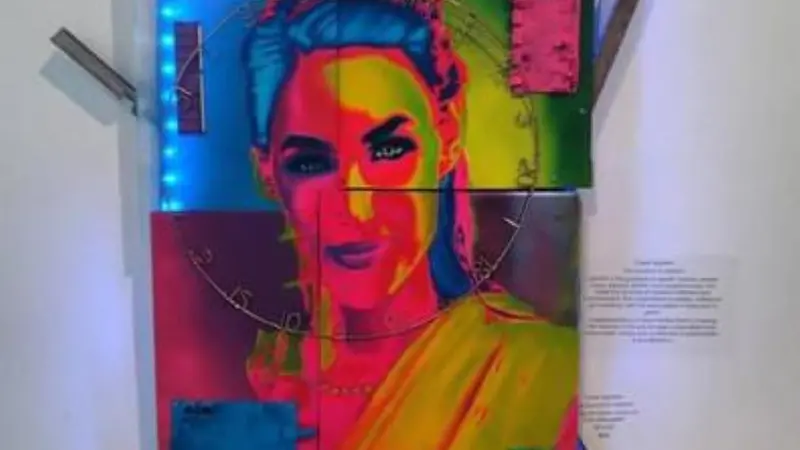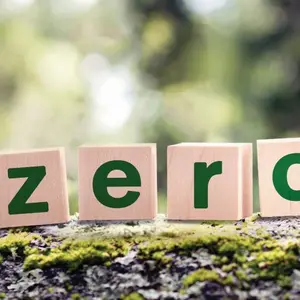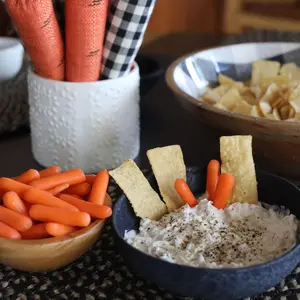
Green Living
Green Living
Recycled Art: Transforming Trash Into Treasure
It takes a special kind of artist to create a work of art out of discarded items. These imaginative, multimedia visionaries see beauty and purpose in the most mundane materials, including paper, computer parts, bits of plastic, leftover fabrics, used tires and random game pieces. Their thought-provoking, surprising works reduce waste that would otherwise populate landfills and prove that trash can indeed become treasure.
Motivated by a desire to educate and inspire, many upcycle artists often interweave a message of environmental consciousness into their artwork, thus spreading awareness about issues or making social commentary. Plastics found along the beach may become a collage of a thriving sea turtle, for example. Old rusty metal parts may be transformed into a steampunk clock face or a modern hanging sculpture that spins in the wind.
Creating to Preserve Our Planet
Artist and interior designer Noelle Turco, of Lancaster, Pennsylvania, comes from a legacy of artists that found ways to be creative with things that were left behind. “Repurposed and upcycled art is inventive and gives a second or third life to everything from packing materials and wood to bottle caps and string,” she explains. “It’s one of my favorite things to do and challenges me mentally because it makes me think about how I am going to take the treasures that I have found—the bits, pieces and even words on paper—and make them into art.”
Cesar Aguilera, art curator at the Sidney & Berne Davis Art Center, in Fort Myers, Florida, makes art to create consciousness about what humans use and consume. “My personal artwork and the exhibitions I design encourage others to reconsider how much we throw away,” he says. “There is not another species on Earth that creates the amount of waste that does not naturally decompose. All that we create has an impact.”
Jen Hardwick, a mixed-media artist who resides in Longview, Washington, loves working with vintage game pieces, toys, wood and metal. “When I moved to Seattle in the late 80s, I started going to markets, junk stores and donation centers, and I would collect all these little ‘treasures’. A lot of these materials would end up in a landfill, so I hope that by using them in my art pieces, it’s helping the environment in a small way.”
Artist Gracie Berry, who also lives in Lancaster, loves the challenge and inspiration that creating upcycled and repurposed art brings. “It allows me to use my creativity to rename things from my perspective,” she explains. “While each of my creations has their own stories and set of rules, a common message is that my art is purposeful and needs to be here.”
Ideas Unfold Into Art
Aguilera, Berry, Hardwick and Turco concur that when making repurposed art, the creative process unfolds in a messy, nonlinear way. Sometimes they begin with an idea in mind, but inspiration occurs while working with the pieces, so the work often takes a different direction. Canvas, wood, metal and fabric become foundations for intricate layers of found items placed, sewn and nestled into nooks and crannies, like puzzle pieces fitting oddly together.
“Materials seem to find me way before I ever go looking for them,” Berry shares. “Sometimes the material itself gives me inspiration for my next piece. It’s magical the way it all unfolds. I welcome challenges when it comes to learning techniques that work for specific projects. It’s exciting to find solutions through trial and error, cementing techniques that can be used again.”
Aguilera makes art from discarded computer parts, fabric and furniture. “Technology consumes precious resources but gets discarded as newer inventions become the focus,” he explains. “Showcasing the interior workings of a computer draws attention to hidden beauty. A fresh coat of paint or a design remodel breathes new life into a piece of furniture or clothing.”
Creative Materials Are Accessible
“For those just starting out, simple projects can be created using magazines, cardboard, yarn and glue,” explains Turco. “Visit secondhand and thrift shops. Often, these stores are nonprofits, so by shopping there, we are not only keeping stuff out of landfills, but also supporting our local communities.”
“Choose materials that inspire you. Pieces can be as simple or detailed as you want them to be, but most importantly, have fun,” enthuses Hardwick. “I love all the things I collect individually, but putting them together to create a robot or a bug or an animal opens up a whole new world for me.”
Look for beauty in unexpected places. Berry suggests that repurposing upcycled objects is not only more sustainable for the planet, it also allows creativity to be accessed anywhere. “When we think outside the box, we can create change through art,” believes Aguilera.
Gisele Rinaldi is a frequent contributor to Natural Awakenings publications.
Original article published at Natural Awakenings


 By
By






